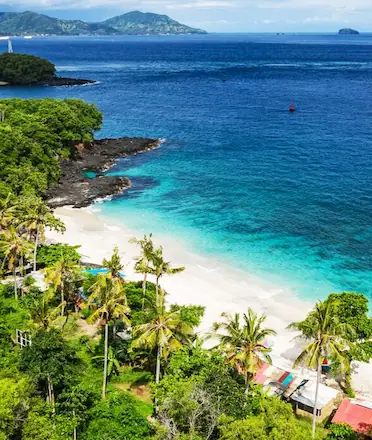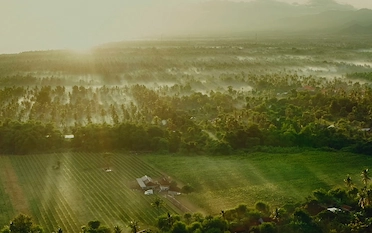Tucked away in the village of Blahbatuh, along the Denpasar-Gianyar highway, Pura Durga Kutri is one of Bali’s hidden treasures. This ancient temple complex is steeped in history and culture, serving as a lasting testament to the island’s rich spiritual and royal heritage. For travelers seeking a deeper connection to Bali’s historical narrative, Pura Durga Kutri is a must-visit destination that unveils layers of the island’s evolution.
Whispers of the Forgotten Past: The Untold Story of Pura Durga Kutri
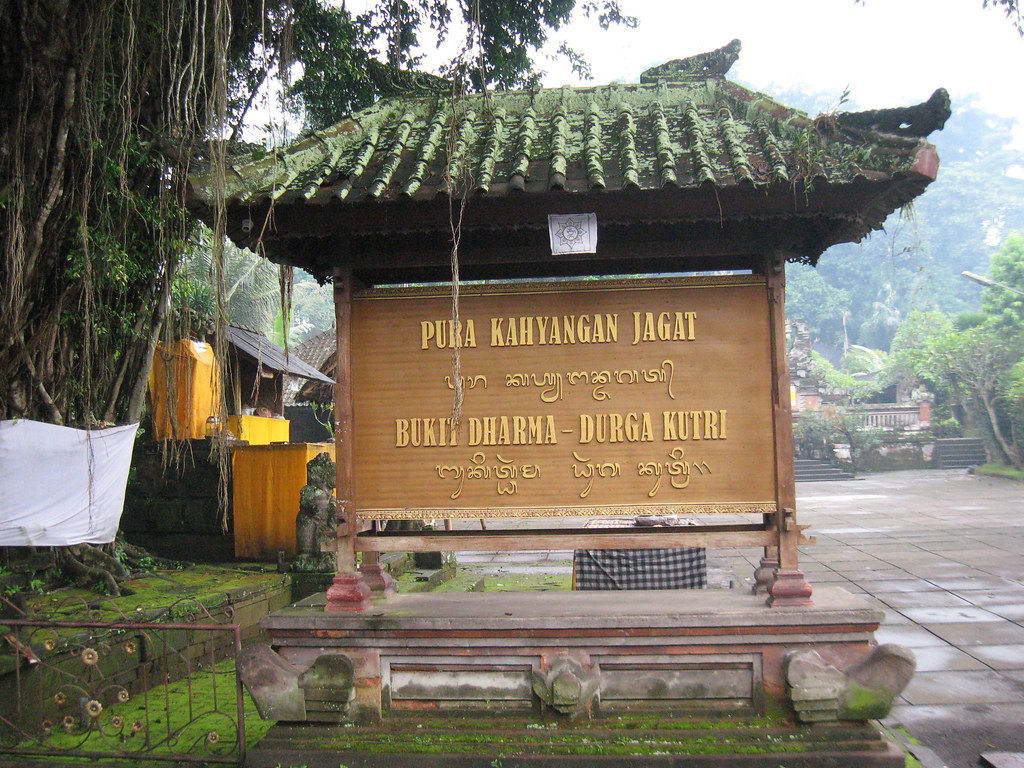
An Ancient Historical Journey
Pura Durga Kutri is believed to have been established in the early 11th century, during the reign of the illustrious King Udayana and his queen, Gunapriya Dharmapatni, also known as Mahendradatta. The temple's history stretches even further back, with inscriptions pointing to its origins during the era of King Sri Kesari Warmadewa, a ruler from the 9th century. The complex has stood for centuries, weathering the passage of time, wars, and cultural shifts, making it a significant historical site in Bali.
One of the most fascinating aspects of Pura Durga Kutri is its connection to Queen Mahendradatta. She was a powerful figure in Balinese history, often associated with the goddess Durga, a fierce and protective deity. The queen is believed to have been a devout worshiper of Durga, and her legacy is immortalized in the temple’s most famous feature: the statue of Durga Mahisasuramardhini. This exquisite sculpture is considered a symbol of the queen’s strength and influence during her reign alongside King Udayana, who is credited with uniting Bali with East Java.
The Three Temples
The complex at Pura Durga Kutri comprises three distinct temples, each offering a unique spiritual experience. The first temple, Pura Puseh, is located at the base of the complex and is home to some of the most beautiful stone statues in Bali. Among these statues are representations of Amoghapasa and Bodhi Satwa Awalokiteswara, two revered figures in Buddhist and Hindu traditions. The presence of these statues highlights the syncretism of Balinese spirituality, where Hinduism and Buddhism have long coexisted harmoniously.
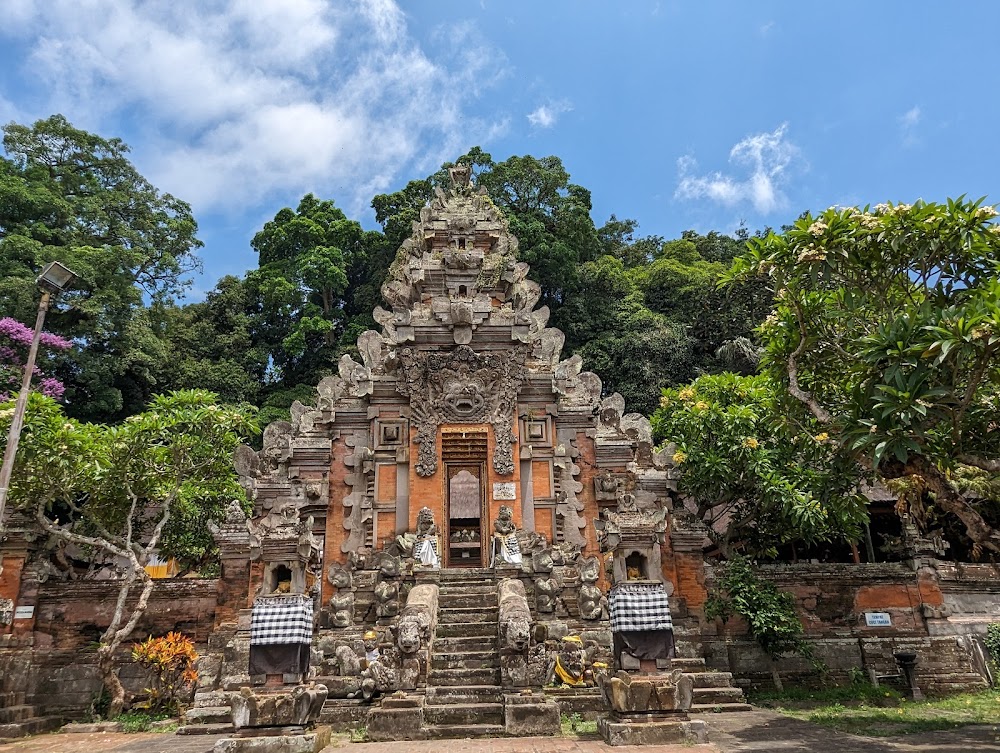
Climbing higher up the hill, visitors will find the second temple, Pura Bukit Dharma. This temple is known for its intricate carvings and statues, including the embodiment of Buddha and several other important religious figures. The temple’s serene atmosphere, enhanced by its lush natural surroundings, provides a peaceful space for reflection and meditation. The ascent to the third and final temple, Pura Kedar, involves climbing a steep set of stairs, but the reward is well worth the effort.
At the summit of Pura Kedar stands the most significant feature of the entire complex: the statue of Durga Mahisasuramardhini. This statue, which depicts the goddess in her form as the slayer of the buffalo demon Mahishasura, is a stunning example of Balinese artistry. The statue’s intricate details, from the goddess’s multiple arms to her regal posture, are a testament to the skill of ancient Balinese sculptors. According to local legend, the statue is also a manifestation of Queen Mahendradatta, further cementing the temple’s ties to Bali’s royal lineage.
The Symbolism
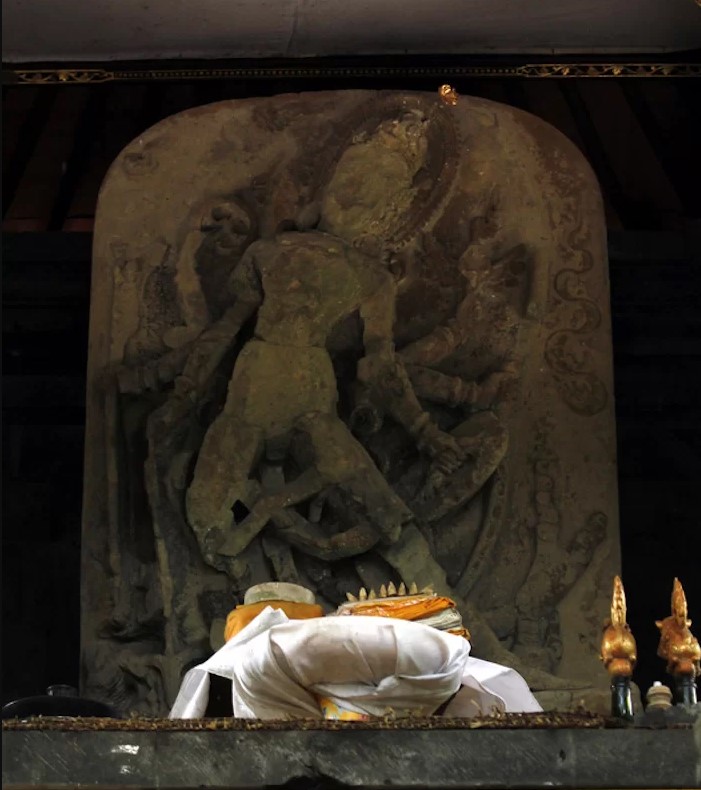
Durga Mahisasuramardhini is not only a symbol of victory over evil but also represents the unity of divine forces. In Balinese Hinduism, the goddess Durga is seen as the embodiment of Brahma (the creator), Vishnu (the preserver), and Shiva (the destroyer), a concept that is beautifully reflected in the statue’s design. The temple complex itself is arranged according to the Tri Mandala concept, which divides sacred spaces into three levels: the outer Nista Mandala, the middle Madya Mandala, and the inner Utama Mandala. This architectural layout mirrors the Balinese belief in the harmony between the physical and spiritual realms.
Inscriptions and Historical Records
Several ancient inscriptions, such as those found in Peguyangan, Prangsada, and Tengkulak, provide evidence of the temple’s historical importance. These inscriptions speak to the temple’s role as a spiritual hub during the reign of King Udayana and Queen Mahendradatta, as well as the expansion of Bali’s influence across the Indonesian archipelago. The Prangsada inscription, in particular, references the devotion of Prabu Anak Wungsu, the son of Udayana and Mahendradatta, who believed in the divine power of his mother and dedicated temples in her honor.
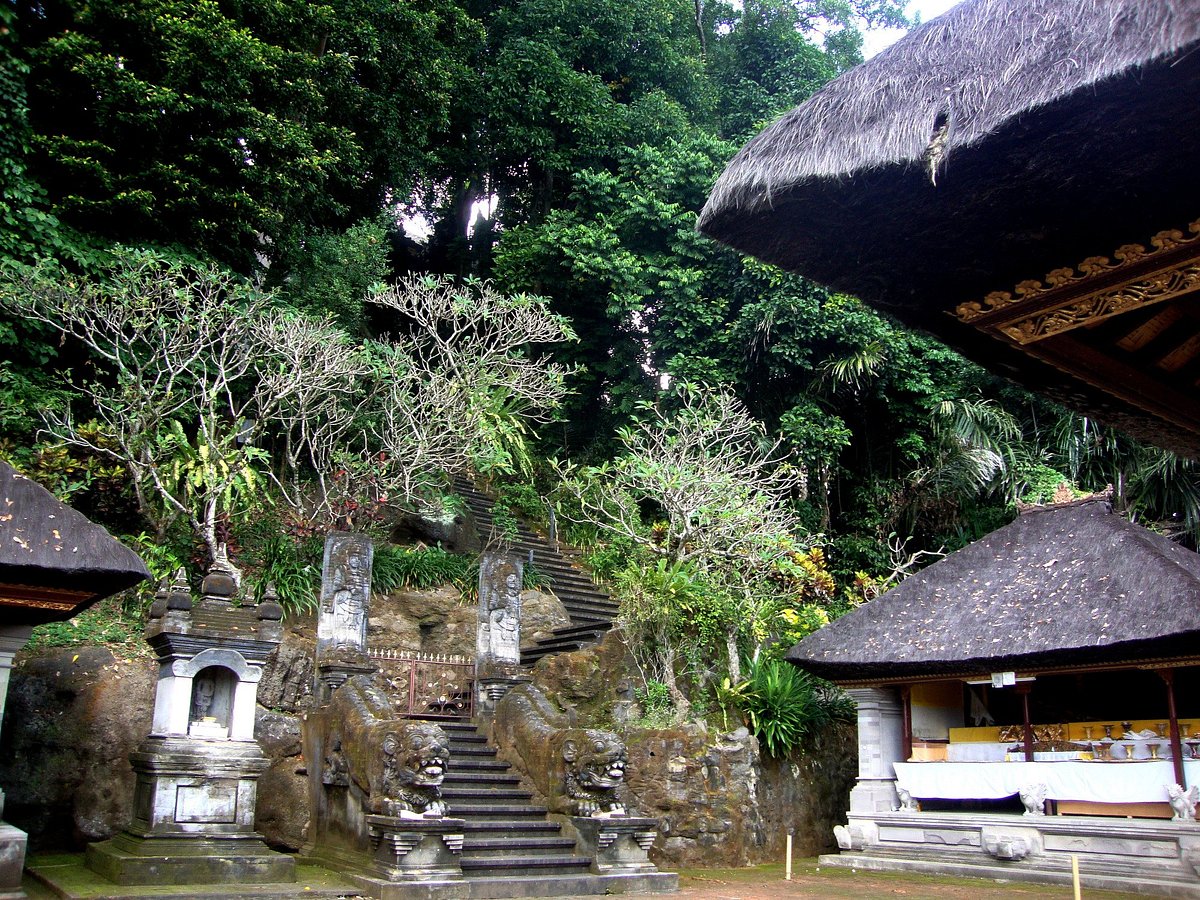
These inscriptions also highlight the significance of solar worship in the Balinese royal court, with references to the worship of Vishnu as the sun god. This further underscores the temple’s connection to the royal family and its enduring role in Bali’s religious life.
From its royal connections to its breathtaking sculptures, Pura Durga Kutri temple complex stands as a monument to the island’s rich cultural heritage. As you explore its ancient grounds, you can feel the echoes of history reverberating through the statues, inscriptions, and architectural design.



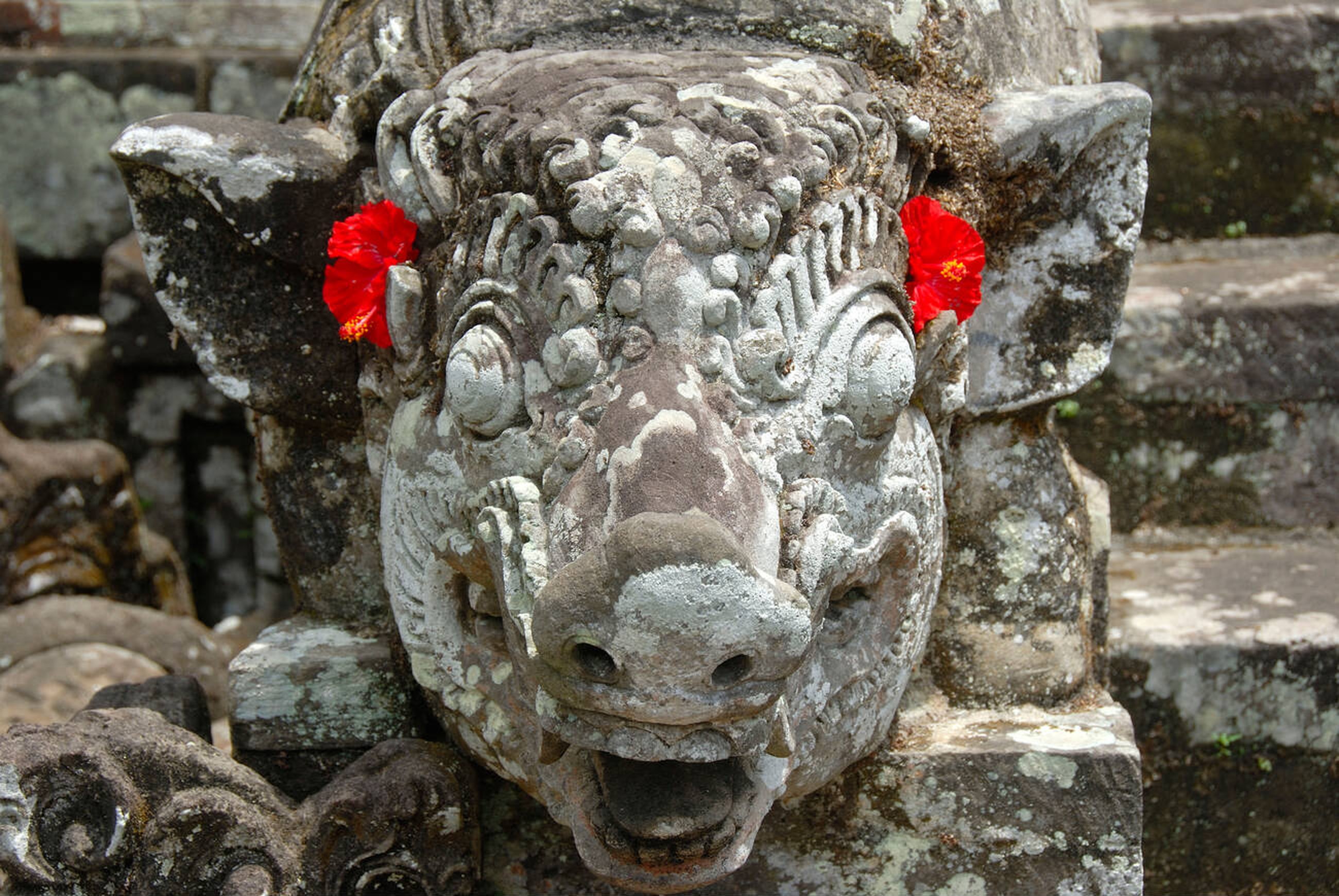
 Billy Bagus
Billy Bagus
 Oct 01, 2024
Oct 01, 2024
